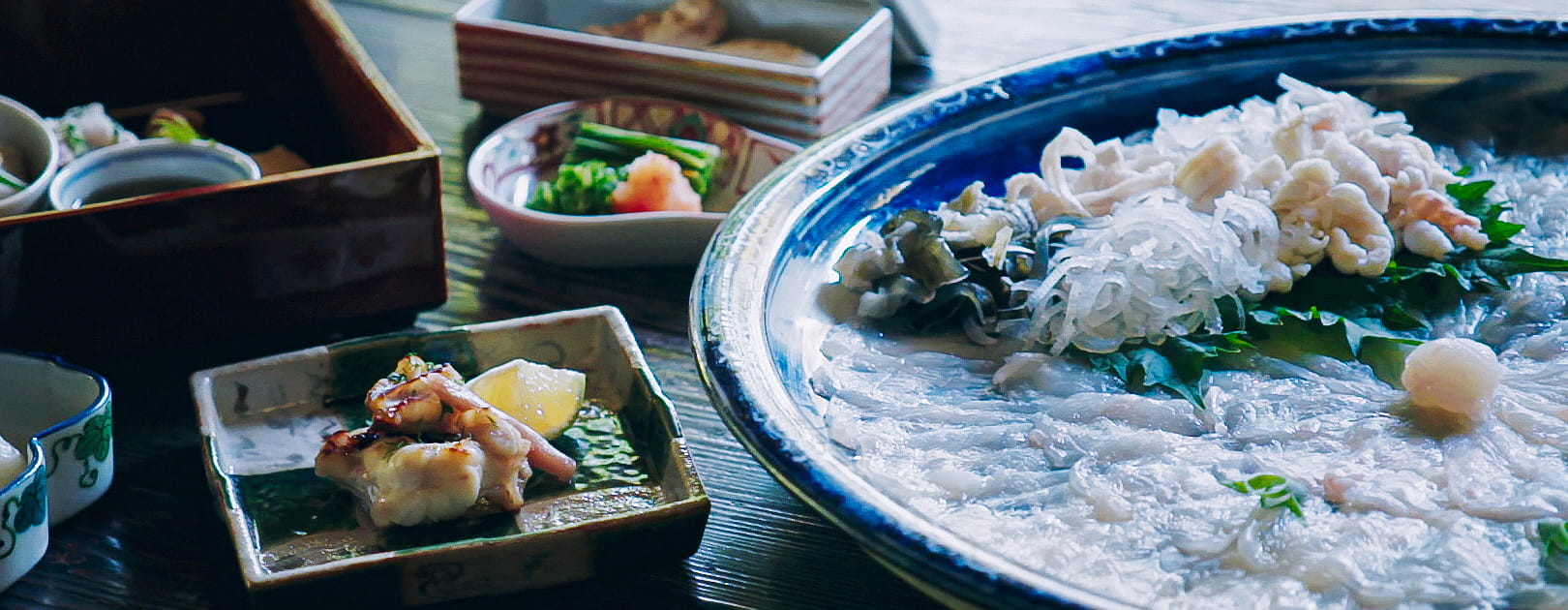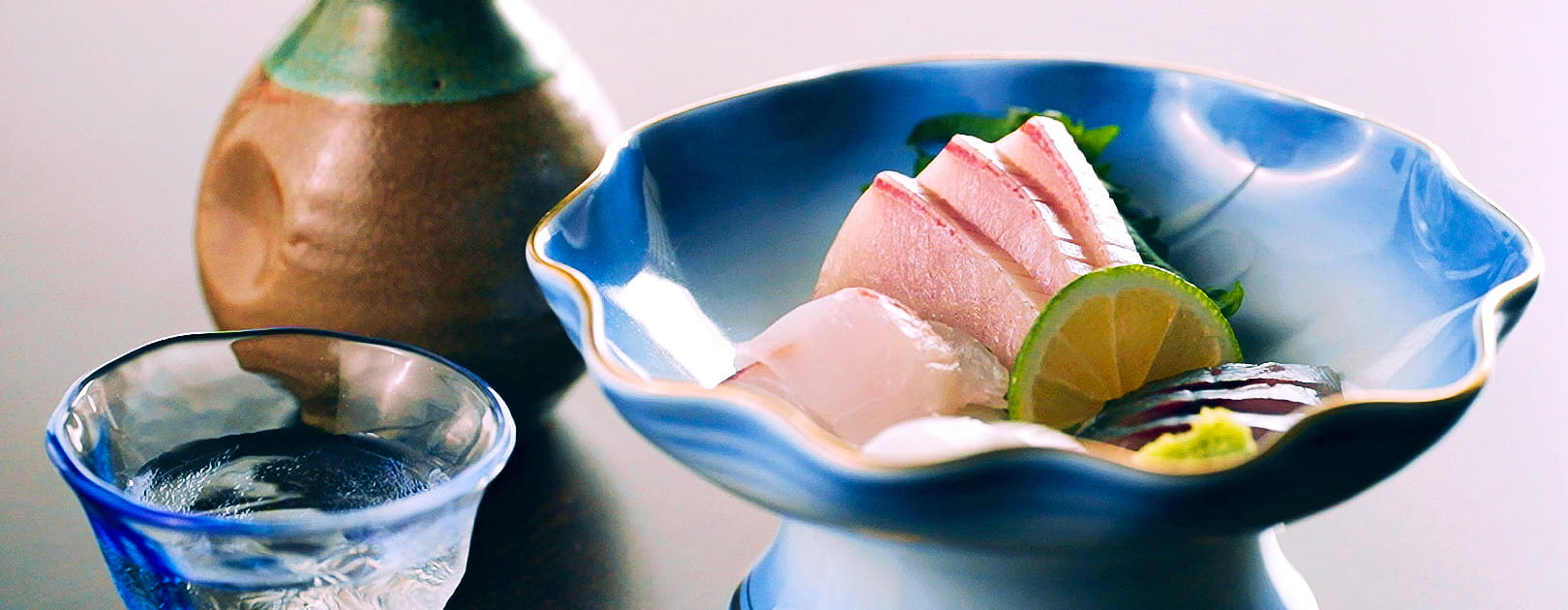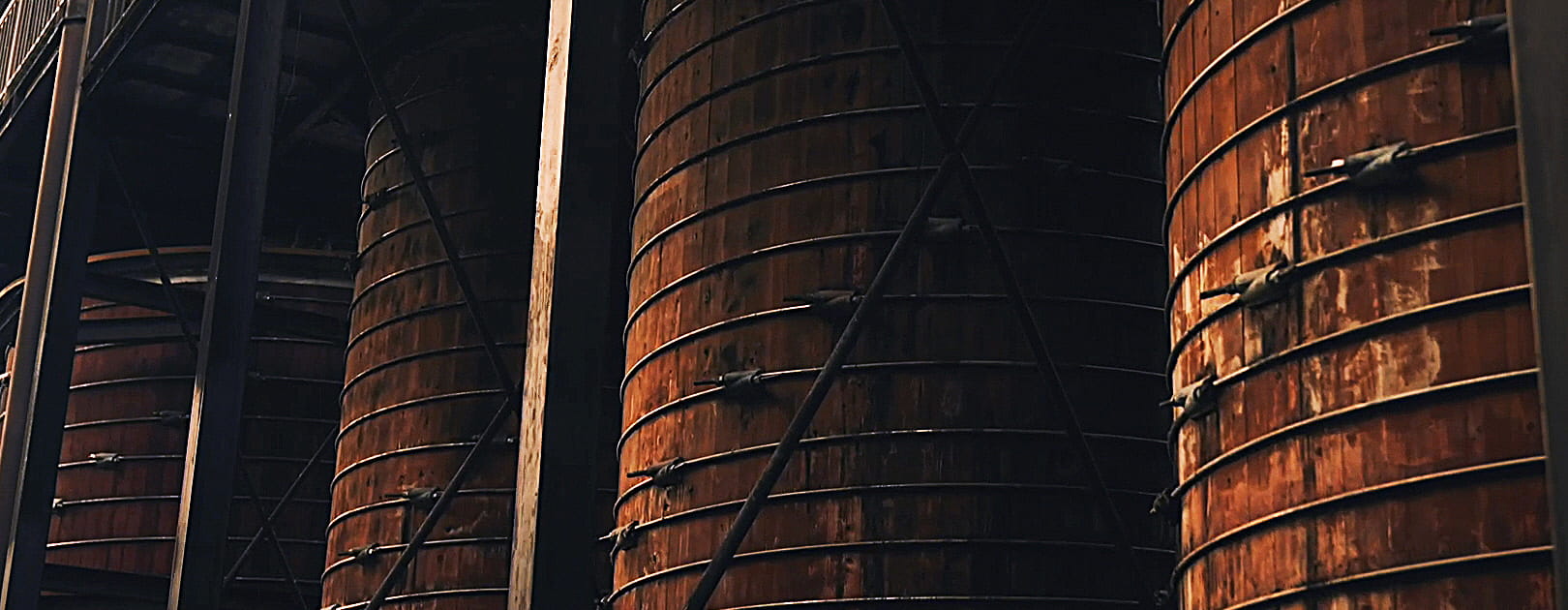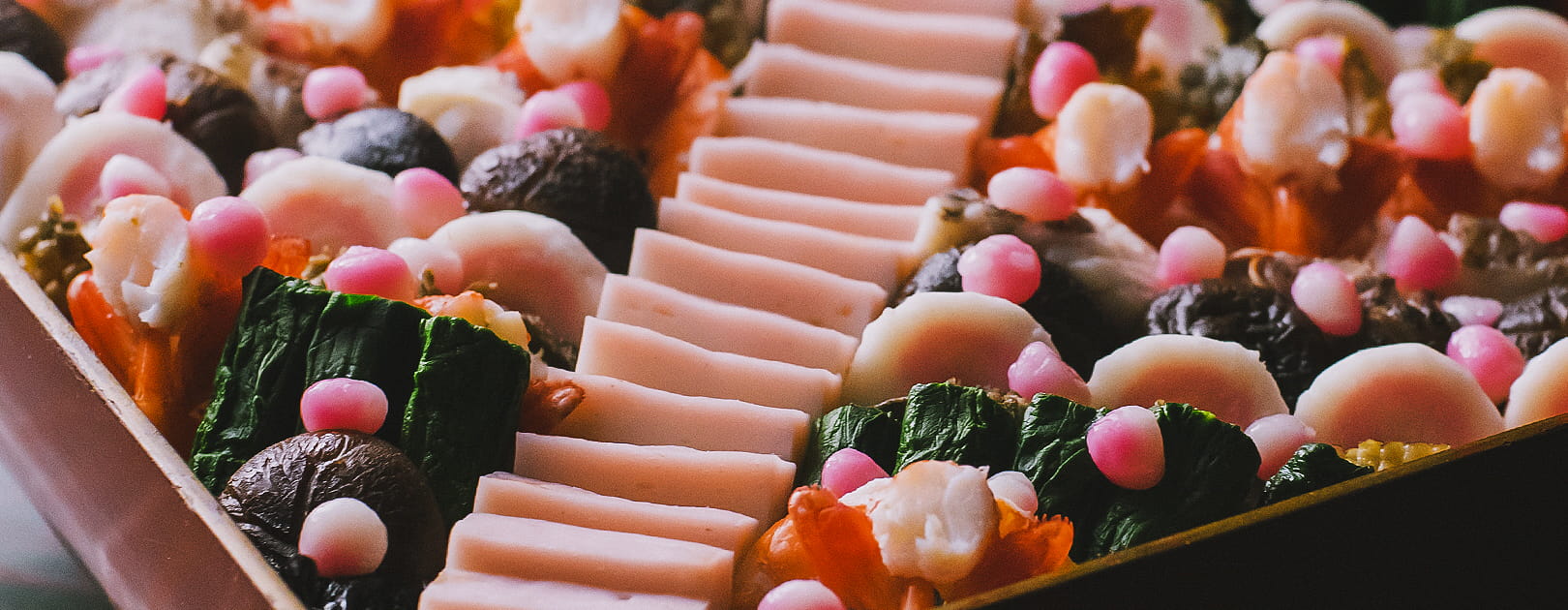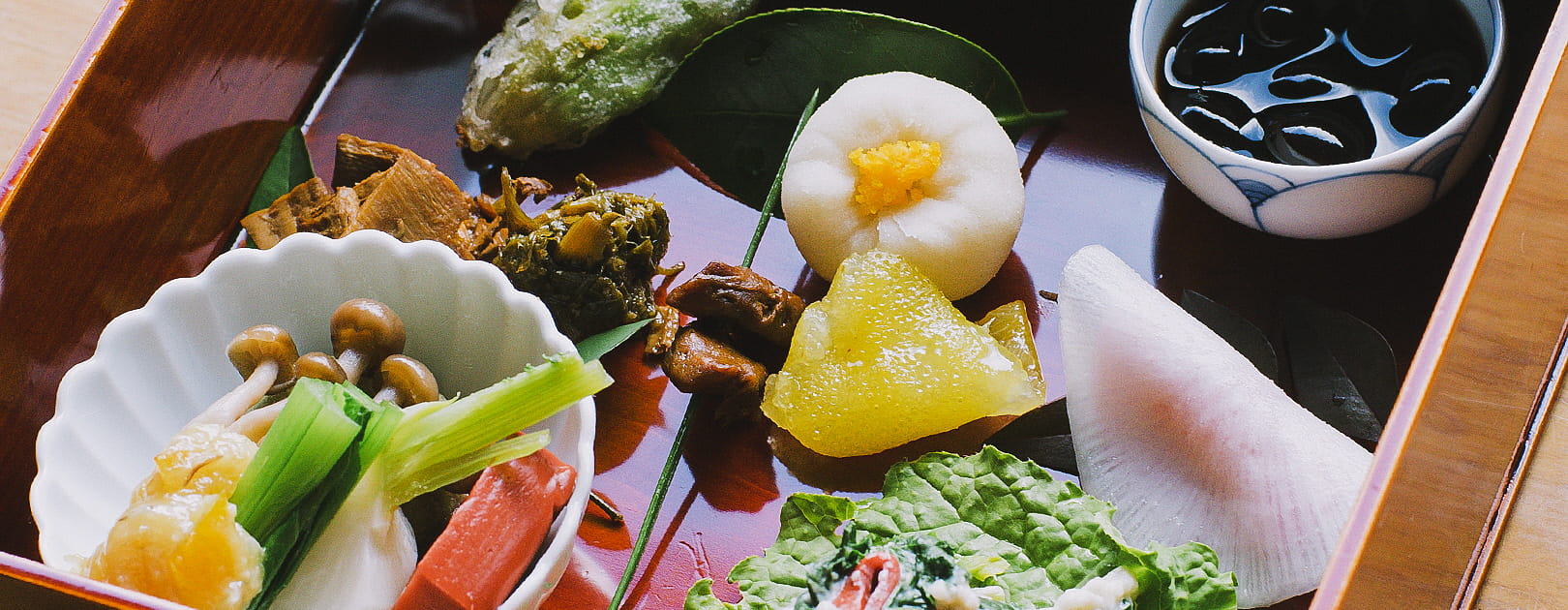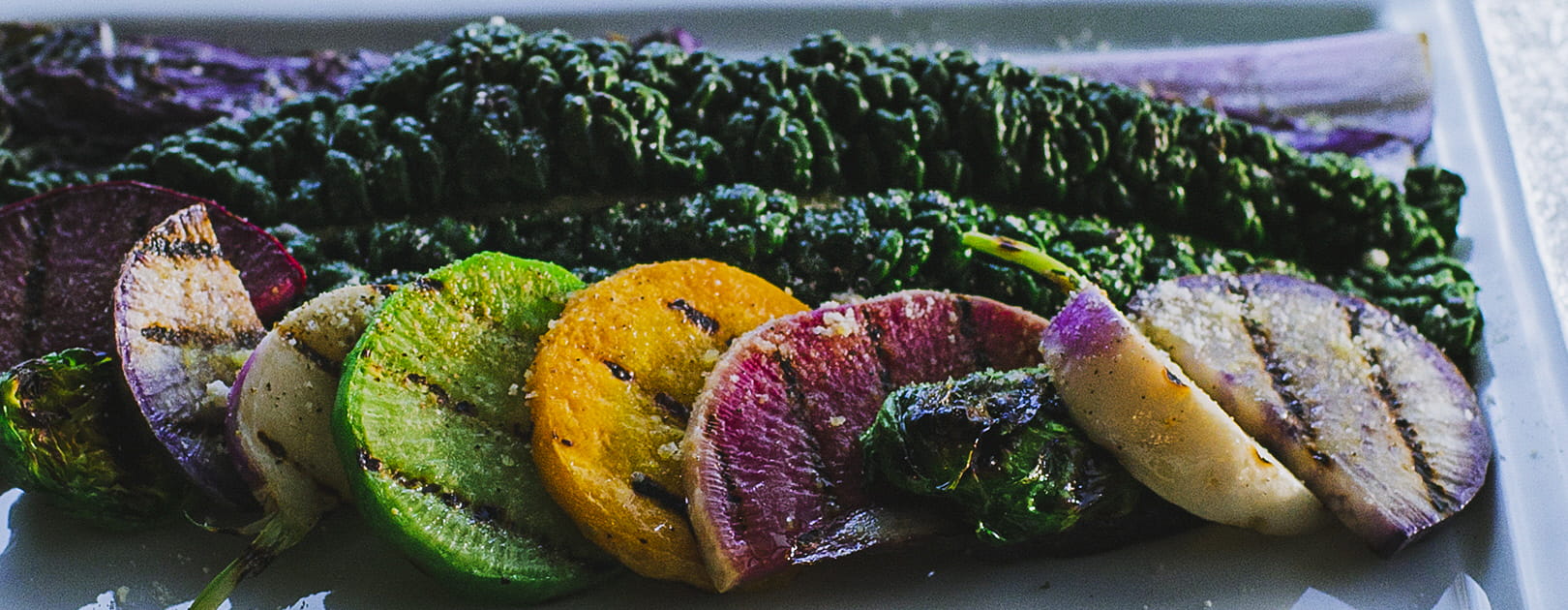What's New!
The Gastronomy of Usuki City
Establishing Usuki as the Creative City of Gastronomy
The Gastronomy built on fermentation as well as frugality and circularity
By virtue of its geography and topography, Usuki City has been blessed with soft, delicate water that has a rich, mellow flavor.
Fermentation Industry, for which quality water is important, began in the area around the year 1600. The development of a diverse local food culture, including miso, soy sauce, and sake production that preserves longstanding traditions while incorporating ongoing improvements, led to the creation of distinctive local dishes that express the wisdom and frugality of the local people.
In more recent years, Usuki City has added to this local gastronomy that has been carefully cultivated by its residents the promotion of organic farming and the slow food movement. Usuki is the only municipality in Japan, for example, that produces mature compost from cut vegetation and other materials, which it then uses to develop fertile soil conditions. This practice raises awareness among both producers and consumers about the importance of quality food.
These and other municipal activities designed to promote diversity and sustainability are aligned with the aims of the Sustainable Development Goals, and help promote sustainable urban development in general.
We are thus working to establish our city as the Creative City of Gastronomy in an effort to further develop its food culture, both in terms of international cooperation and economic growth. We want to go even further in strengthening the Usuki brand, with a focus on our traditions of brewing, fermentation, and frugality as well as our environmentally-conscious agricultural and water production practices.
Fermentation industry in Usuki
Miso and soy sauce

Starting around the year 1600, Inaba Sadamichi was transferred from Mino Province (modern-day Gifu Prefecture) to the Usuki Domain as a feudal lord. This is said to be when Kani Magoemon, the founder of Kani Shoyu who had served as his official purveyor, began to make miso.
It is said that Usuki’s water was one of the purest and best-tasting around this area, and this helped push the fermentation industry forward. It then was preserved and further developed under the successive lords of the domain and treasured by the local people, ultimately becoming a key industry in Usuki.
Sake and shochu

All of Usuki’s brewing companies use local ingredients to produce sake, and are distinct in that many of them make both sake and shochu. The community actively promotes its sake-brewing culture, with all the brewers coming together, for example, each May in a shared event to celebrate the release of the year’s new batch of sake.
A culture of frugality in Usuki
Many of Usuki’s longstanding traditional dishes have survived into the present day. Under the Great Tempo Famine (1833-1837) that swept Japan during the Edo period, the domain issued a unique set of Tempo Reforms designed to enforce frugality. It was under these restrictions that the people of Usuki distilled their wisdom to create a variety of home-cooked dishes in a frugal spirit that still left them feeling rich at heart.
O-han (yellow rice)

Dried gardenia fruits are soaked in water, which turns yellow and is then used to cook the rice. O-han is typically served with a dish called kayaku, similar to kenchin-jiru (vegetable soup), made by stir-frying and then stewing white-meat fish, vegetables, tofu, and other ingredients. It is said that the yellow cooked rice originated as an alternative to sekihan (red bean rice), an extravagant rice dish eaten on special occasions, for those who could not afford the luxury. It is also said to resemble Spanish paella, which was introduced to Japan during the Sengoku period (1454-1573).
Kirasu-mameshi (sashimi with soy pulp)
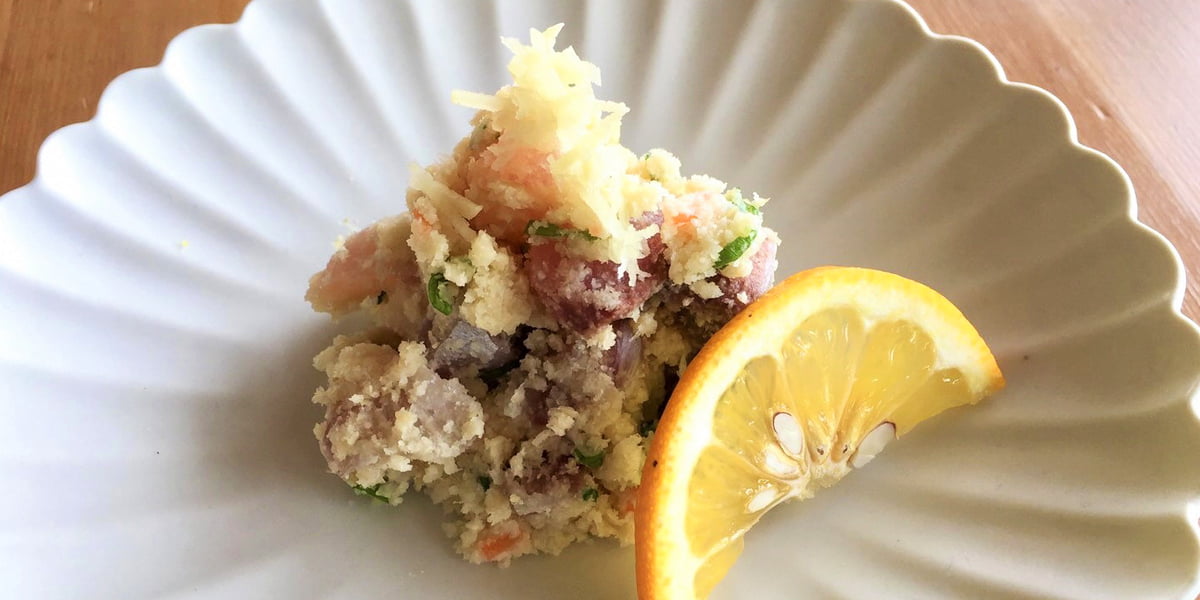
Kirasu-mameshi is a frugal dish created by taking leftover sashimi and fish trimmings and then coating them in the soy pulp left over from the tofu-making process in order to create more volume. It has long been a beloved family staple, though these days it is also a common sight in restaurants or supermarket deli areas.
Usuki’s circular gastronomy
Usuki City Compost Manufacturing Center
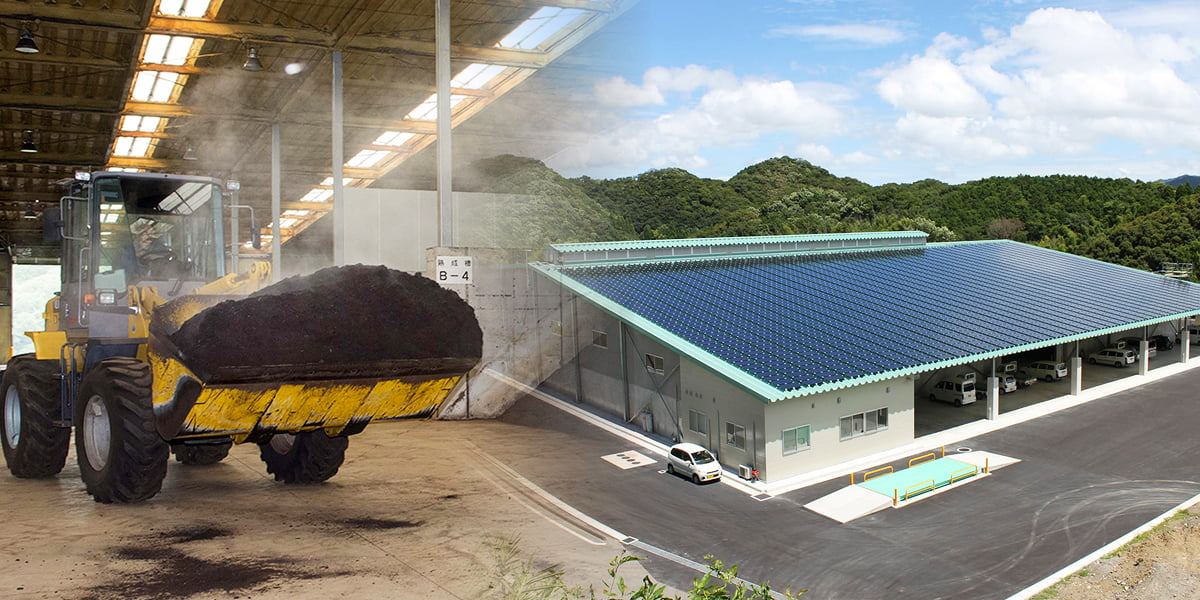
Driven by its passion for promoting environmentally-conscious and organic agricultural practices, Usuki City established the Usuki City Compost Manufacturing Center to produce a humus-like finished compost. Compost manufacturing facilities run by administrative agencies for the purpose of soil enhancement are rare in Japan, so the project has drawn many observers to Usuki from other parts of the country as well as from overseas.
Usuki Yume Taihi (“Dream Compost”)
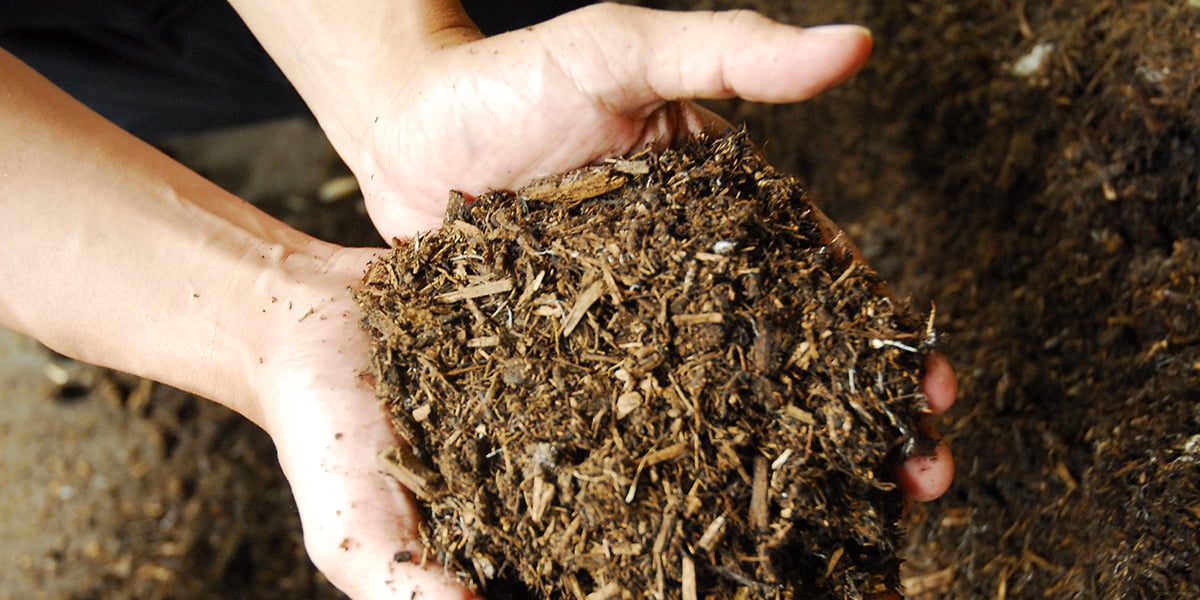
The Usuki City Compost Manufacturing Center uses vegetation as its main component (80%), mixing it with pig manure (20%) and fermenting it via a daily mixing process. The compost reaches an ideal finished state in about six months, at which point it is labeled Usuki Yume Taihi. The resulting material is very similar to humus, which balances out soil composition and stimulates microbial activity. The city has achieved a steady production of 1,600–1,800 tons annually, supplying compost to farmers and local residents as a way of improving the quality of the city’s soil overall.
Honmamon Agricultural Products
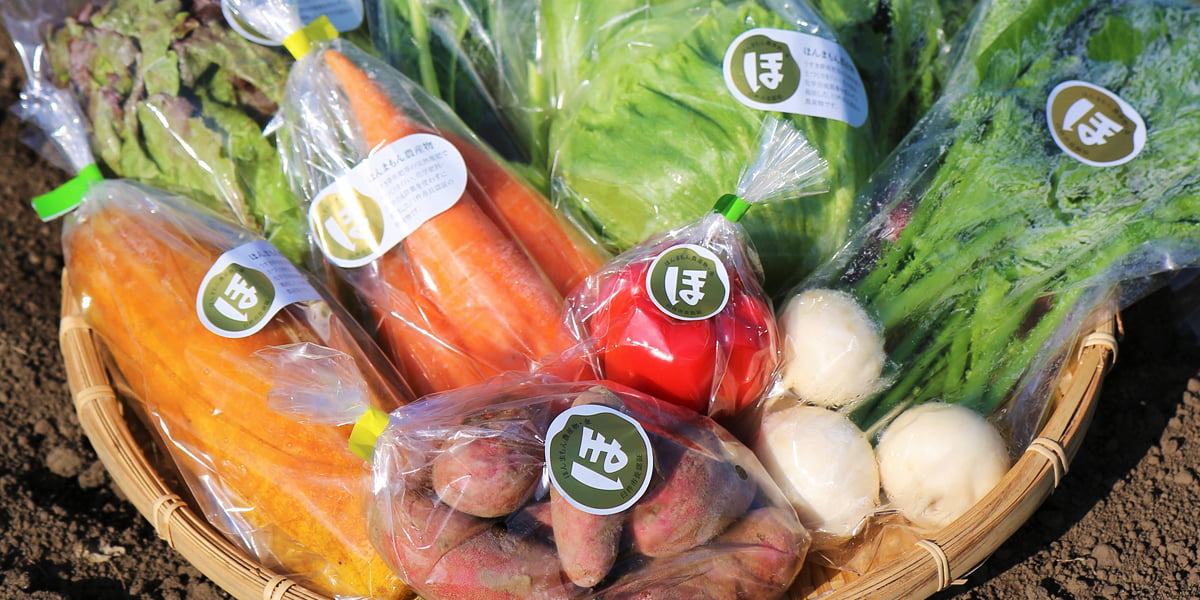
The mayor of Usuki certifies agricultural products grown on farms that use Usuki Yume Taihi or other types of mature compost to enhance the soil without the use of chemical fertilizers and pesticidesduring the growing season. These agricultural products showcase the genuine, natural flavor of vegetables.
Striving to build a complete circular economy that is unique to Usuki

Usuki City works with local residents and businesses to cultivate water sources as well as promote organic farming practices and marine environmental conservation—all of which support a healthy circular economy. Initiatives that guide water from forests to the ocean via farmland encourage the healthy cyclical use of water resources while supporting the growth of fermented food industries that rely on quality water and locally-sourced ingredients. Locally-sourced food is used at area restaurants as well as by families and for school lunches to promote a sustainable gastronomy through the slow food movement. These practices have attracted visitors from all over Japan and around the world, making them a draw for tourism as well.
We are confident that our circular economic practices support the Sustainable Development Goals.
The Promotion Council
Usuki Creative City of Gastronomy Promotion Council
The Usuki Creative City of Gastronomy Promotion Council was established in February 2021 for the purpose of preserving the rich culinary traditions of the area and creating a new gastronomic culture, for developing creative industrial pursuits in partnership with other cities both in Japan and abroad, and for fostering and developing the local economy, academic studies, and cultural pursuits.
The Promotion Council consists of food-related businesses, chefs, farmers, food-related residents’ groups, educational institutions, and others involved in the promotion of gastronomy in the area. It formulates basic policies and plans for promoting Usuki as the Creative City of Gastronomy, while also getting involved in project implementation to further develop the local food culture.

